
NGC 4500 is a barred spiral galaxy in the constellation Ursa Major. The galaxy was discovered on April 17, 1789 by William Herschel. It is a blue compact galaxy.

NGC 7199 is a barred spiral galaxy registered in the New General Catalogue. It is located in the direction of the Indus constellation. It was discovered by the English astronomer John Herschel in 1835 using a 47.5 cm reflector.

NGC 770 is an elliptical galaxy in the constellation Aries. It is around 120 million light years from the Milky Way and has a diameter of around 36,000 ly. NGC 770 is gravitationally linked to NGC 772. The galaxy was discovered on November 3, 1855 by RJ Mitchell.

NGC 999 is an intermediate spiral galaxy located in the constellation Andromeda about 195 million light-years from the Milky Way. It was discovered by French astronomer Edouard Stephan on 8 December 1871.

NGC 995 is a lenticular galaxy located in the constellation Andromeda about 178 million light years from the Milky Way. It was discovered by the French astronomer Édouard Stephan on 8 December 1871.

NGC 820 is a spiral galaxy located in the constellation Aries about 210 million light-years from the Milky Way. It was discovered by British astronomer John Herschel in 1828.

NGC 830 is a barred lenticular galaxy in the constellation Cetus. It is estimated to be about 170 million light-years from the Milky Way and has a diameter of approximately 70,000 light years.

NGC 900 is a lenticular galaxy located in the constellation Aries about 430 million light-years from the Milky Way. It was discovered by the German astronomer Albert Marth in 1864.
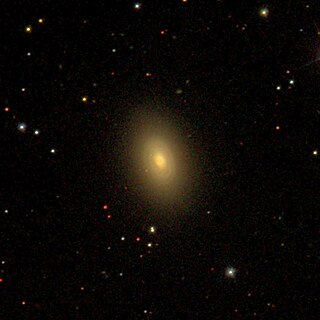
NGC 940 is a lenticular galaxy in the constellation Triangulum. It is estimated to be 222 million light-years from the Milky Way and has a diameter of approximately 80,000 ly. NGC 940 was discovered by Heinrich d'Arrest.

NGC 980 is a lenticular galaxy located in the constellation Andromeda about 256 million light years from the Milky Way. It was discovered by the German - British astronomer William Herschel in 1786.

NGC 938 is an elliptical galaxy located in the constellation Aries, approximately 184 million light years from the Milky Way. It was discovered by the Prussian astronomer Heinrich d'Arrest in 1863.
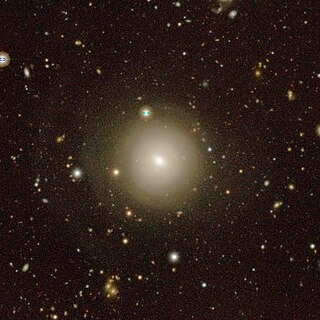
NGC 534 is a lenticular galaxy located in the constellation of Sculptor about 260 million light years from the Milky Way. It was discovered by the British astronomer John Herschel in 1835.
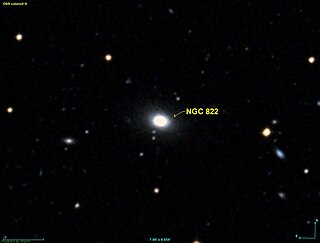
NGC 822 is an elliptical galaxy in the constellation Phoenix. It is estimated to be about 233 million light-years from the Milky Way and has a diameter of approximately 80,000 light-years. NGC 822 was discovered on September 5, 1834, by astronomer John Herschel.

NGC 823, also known as IC 1782, is an unbarred lenticular galaxy in the constellation Fornax. It is estimated to be 194 million light-years from the Milky Way and has a diameter of approximately 100,000 light years. NGC 823 was discovered on October 14, 1830, by astronomer John Herschel.
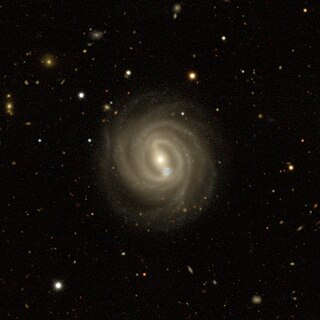
NGC 824 is a barred spiral galaxy located in the constellation Fornax about 260 million light-years from the Milky Way. It was discovered by British astronomer John Herschel in 1837.

NGC 721 is a barred spiral galaxy located in the constellation Andromeda about 250 million light years from the Milky Way. It was discovered by the Prussian astronomer Heinrich d'Arrest in 1862.
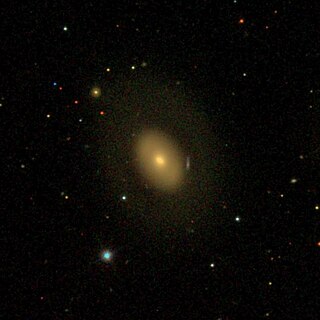
NGC 608 is a lenticular galaxy in the constellation Triangulum. It is estimated to be about 230 million light-years from the Milky Way. It has a diameter of approximately 130,000 light-years. NGC 608 was discovered on November 22, 1827, by astronomer John Herschel.

NGC 713 is a spiral galaxy located in the constellation of Cetus about 234 million light years from the Milky Way. It was discovered by the American astronomer Francis Leavenworth in 1886.

NGC 861 is a spiral galaxy in the constellation Triangulum. It is estimated to be 360 million light-years from the Milky Way and has a diameter of approximately 165,000 light-years. The object was discovered on September 18, 1865 by Heinrich d'Arrest.

NGC 1001 is an unbarred spiral galaxy in the constellation Perseus. It was discovered on December 8, 1871 by the astronomer Édouard Stephan.




















